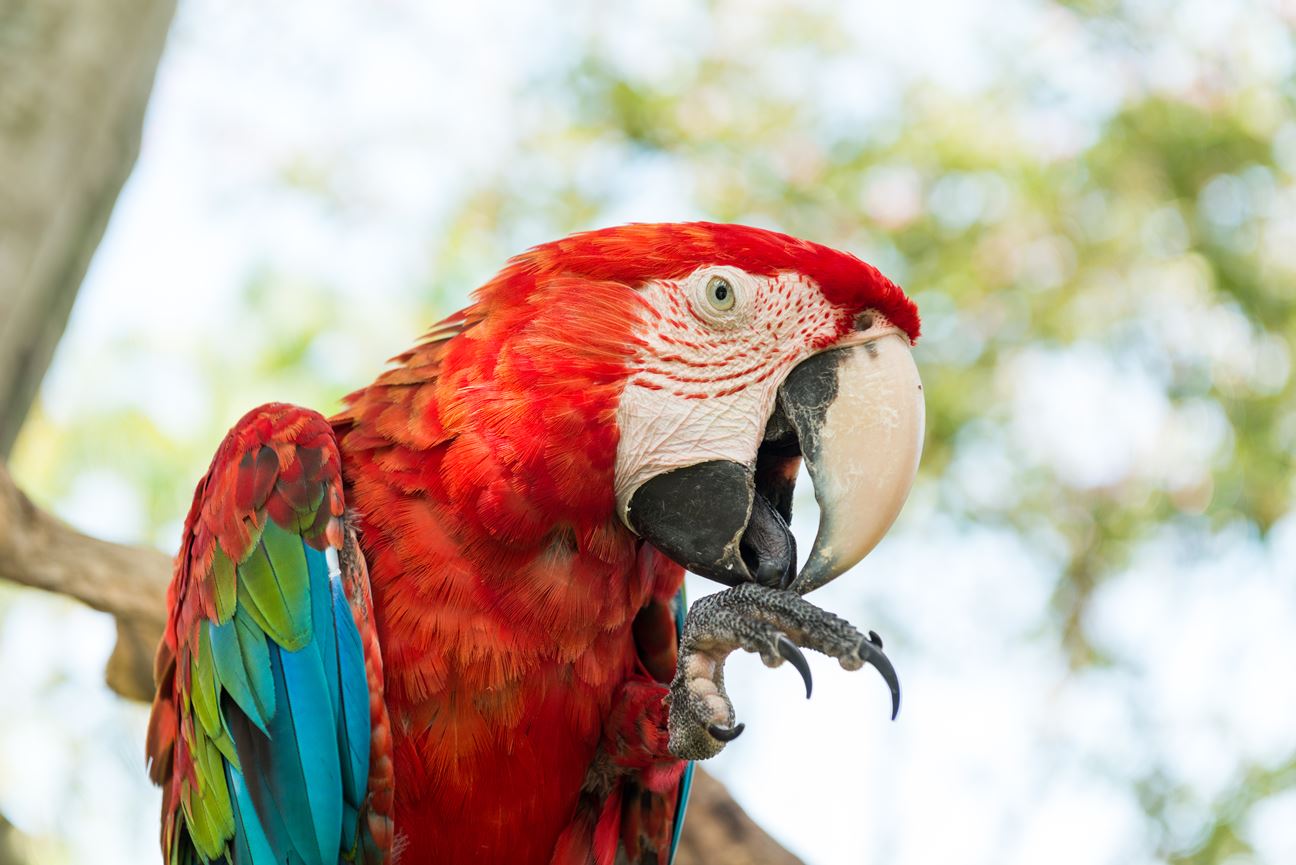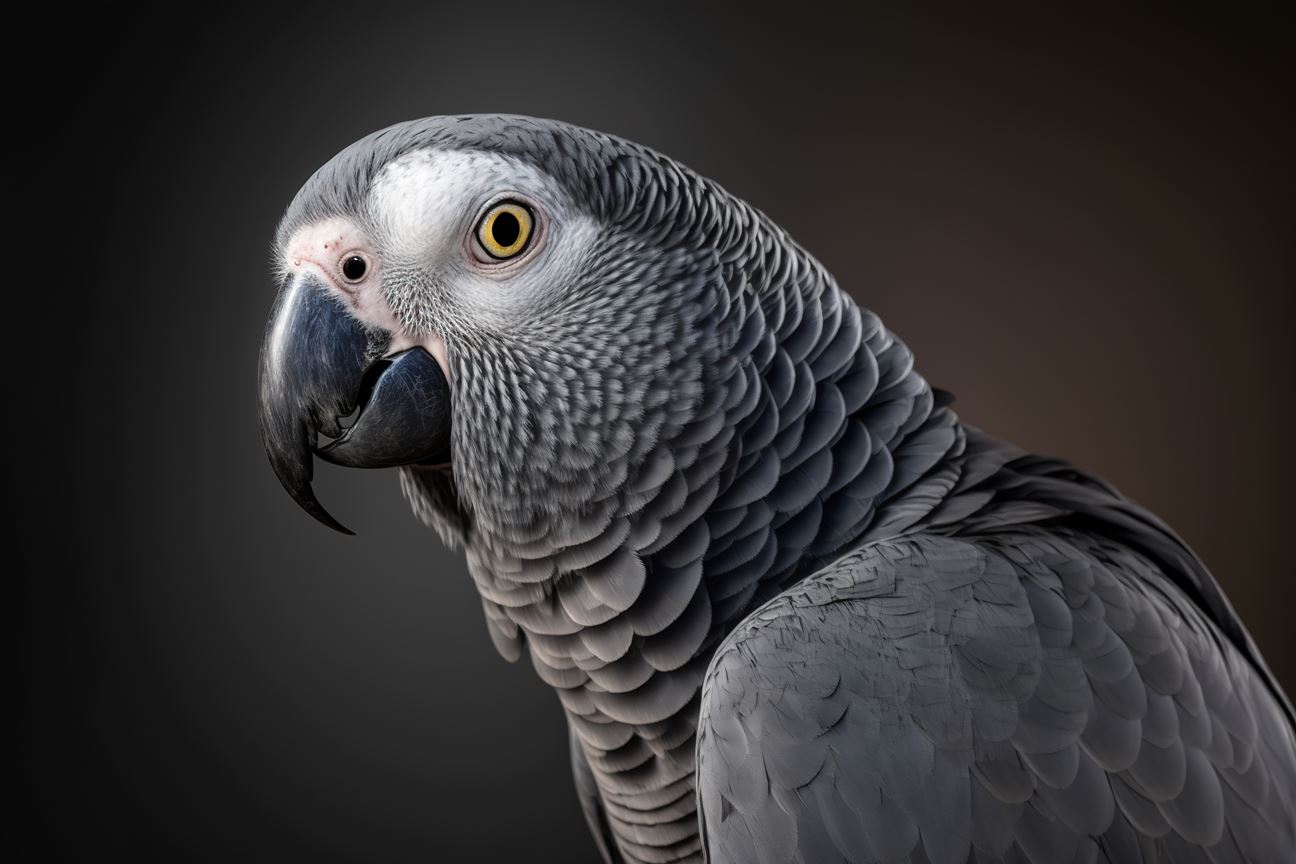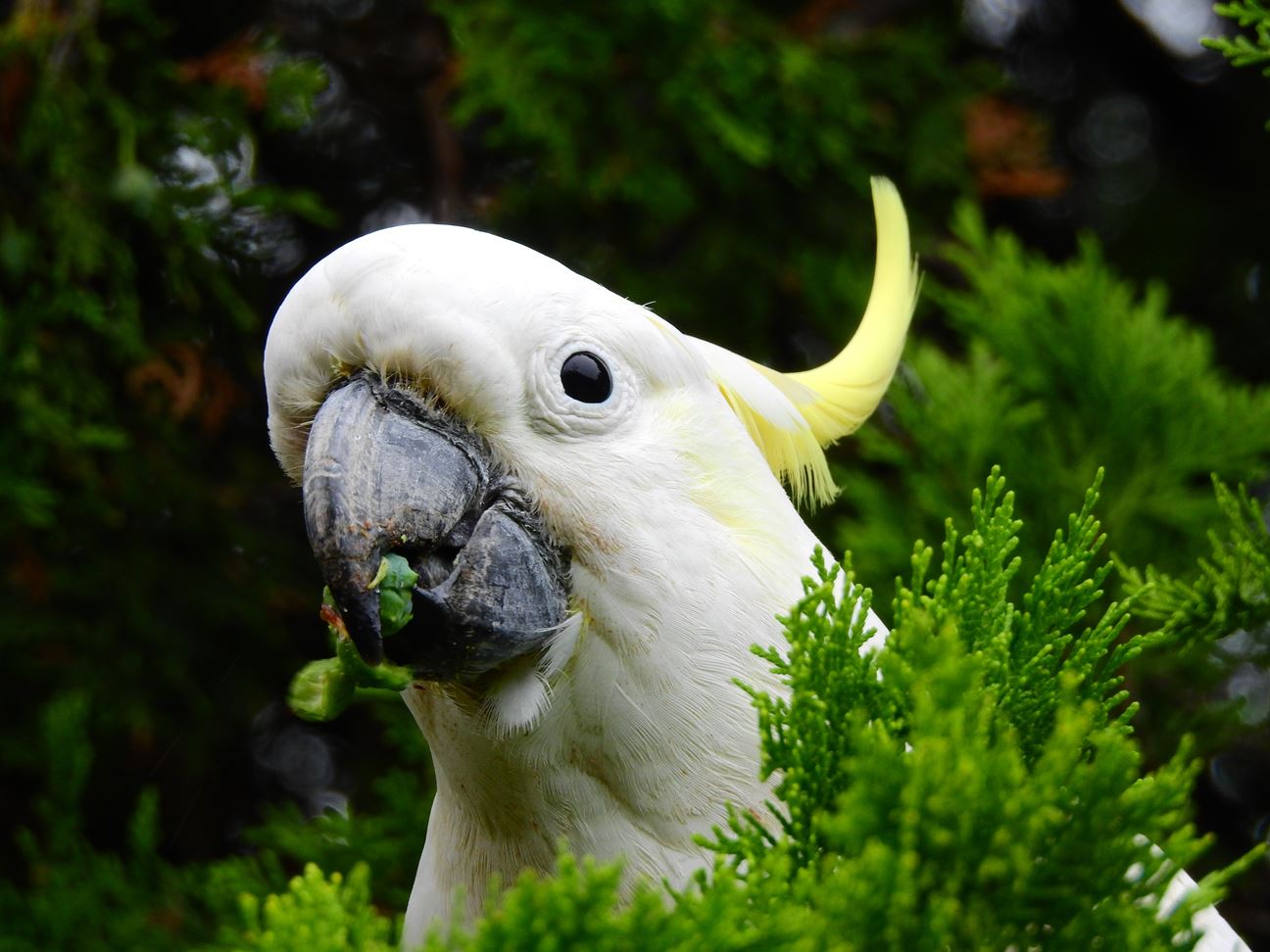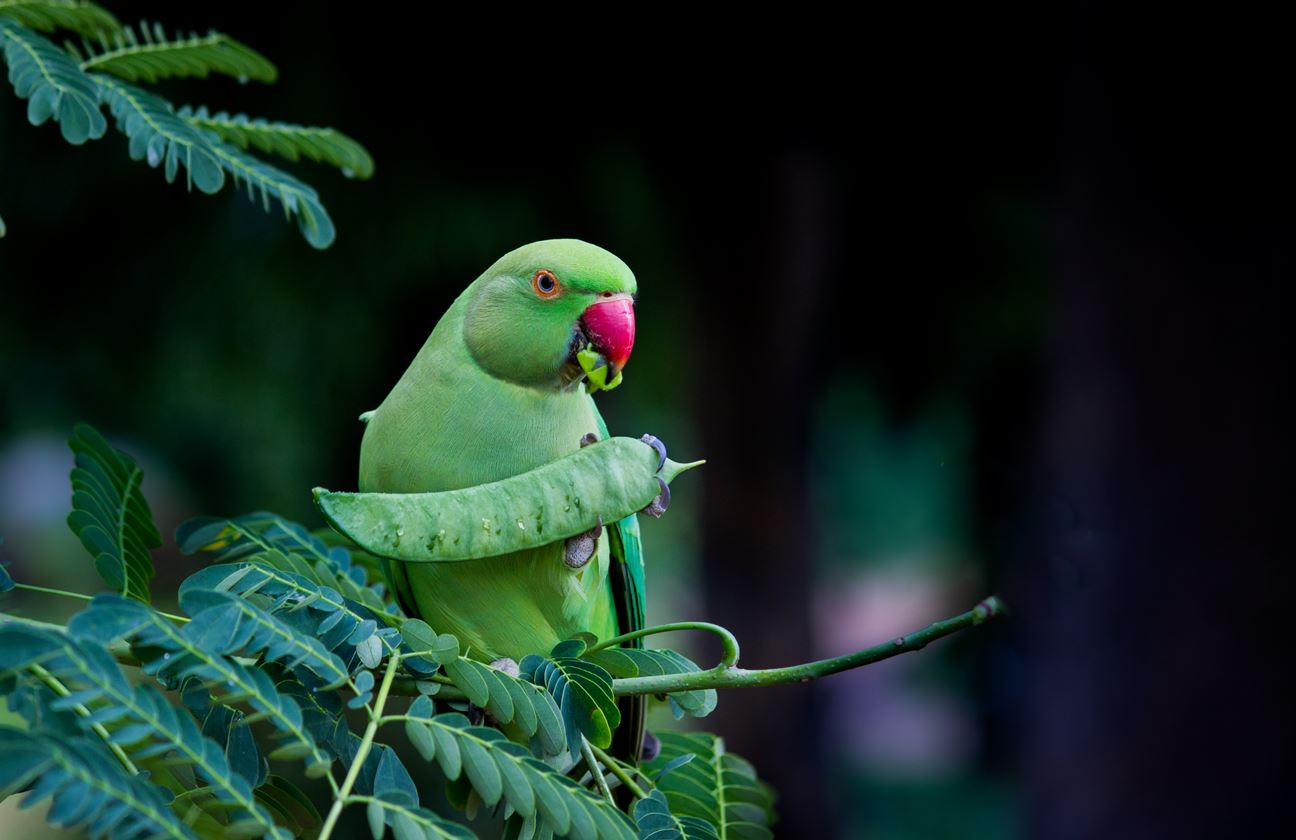On this World Parrot Day, we're celebrating the captivating beauty, intelligence, and the myriad of skills and behaviours that make parrots truly special!
There's a sense of loneliness in knowing that out of the 1.2 million discovered animal species on Earth, human beings are the only animals that can talk. Luckily for us, we have parrots!

Chances are, you've seen (watched a video of, or even owned) a talking parrot or a singing cockatiel in your lifetime. You've been impressed by them, chuckled in amusement, oohed and aahed in wonder at their talent!
Truthfully, you've seen only half the picture — because a parrot's roster of skills doesn't end just there. Special as they come, the parrots of the world have many other abilities that make them outliers of their kind. As it is World Parrot Day, we can't let them go unrecognised.
So, here's a quick, mind-blowing list!
1. Speech
Communication is key, they say, and parrots lead by example. It goes without saying that one of the most well-known abilities of parrots is their ability to talk. They learn words and phrases by absorbing what they hear from their owners, or through other sources like radios or TVs. Some go as far as learning the meaning and context of their words, and use them adeptly in conversations!
An African grey parrot called Alex is famous for this. Alex was able to successfully learn over 100 words, and was able to ask and respond to questions, and recognise shapes, objects, colours, numbers, and letters with them!

2. Mimicry
On a deeper level, parrots' ability to talk actually stems from their ability to imitate sounds, like human speech!
In the wild, parrots use a range of chirps and whistles within their flocks. In turn, each flock has a local dialect of their own! Birds of different flocks understand each other by mimicking and learning the other's language, despite lacking vocal cords.
In place of vocal cords is a 'syrinx' at the base of their chest, which makes all of this possible! It's a specialised vocal organ whose shape and depth can be altered to make different sounds. The tongue and the beak add the finishing touches for any mimicry, modifying the frequency to match the original sound.
3. Dance
Singing and talking aside, parrots should be more talked about for their moves! They have the groove and the rhythm, which is way more than what some people can show for themselves on the dance floor.
It's believed that this is because parrots have a sense of beat perception which lets them recognise and follow a regular pattern of sound.
As a result, they can be seen moving in sync with the music, tapping their feet, bobbing their heads, and flapping their wings to the beat! They can coordinate their movements with other parrots and humans, too. It makes for a very adorable and admirable sight, really!

4. Movement
The real talking happens with the body. Kinesthetically clever, these birds have the ability to manipulate their body language and movement to communicate with their friends and owners! They can associate and remember certain body movements and their relation to a specific meaning, and use this knowledge to express their feelings, needs, and interests.
For instance, they open their wings to say 'hello', fluff up their feathers in a show of happiness, and some drop their head, demanding to be pet and shown affection!
5. Cognition
We can already infer that parrots are quite smart based on their talking, singing, and dancing abilities, but just how smart are they?
Smarter than you think, it turns out. Parrot brains have been comparable to primate human brains, as gathered from studies over the years.
When their cognitive abilities are put into question, they can solve problems (with casual reasoning and logic), learn facts, form cause-effect relationships between them, count, add/subtract, and even have a concept of the number zero! Cockatoos have also displayed the ability to make and use tools.
6. Emotional Intelligence
Parrots are also very emotional animals and can show a range of feelings such as joy, anger, sadness, fear, jealousy, and love. As evidence shows, they express their emotions through vocalisations, facial expressions, body postures, and behaviours. They also form strong bonds with their mates or owners and show affection by cuddling, preening, or kissing!

7. Magnetic Field Detection
A recent study has revealed that parrots have another surprising ability: they can detect magnetic fields. Researchers found that parrots have a special protein called cryptochrome in their eyes that allows them to sense the Earth’s magnetic field. This protein is also found in migratory birds that use magnetoreception to navigate long distances.
The researchers suggest that parrots may use this ability to orient themselves in their environment or find food sources. It is speculated that this ability may be linked to their long life spans and exceptional cognitive abilities!

Fascinating as they are, their winning qualities just serve to remind us about how invaluable the existence of parrots is. Undoubtedly, these birds deserve our best conservation efforts, and it is our duty to see to it that their remarkable legacy can endure for generations to come.
As crimes like illegal parrot trafficking grow more concerning by the day, we need to protect their rights and their habitats so that these feathered beauties may continue to survive, surprise, and awe us!